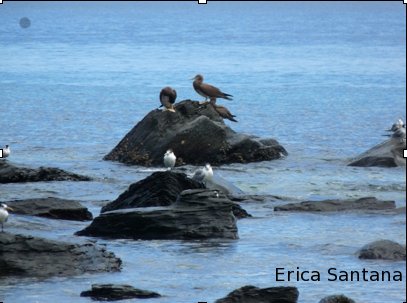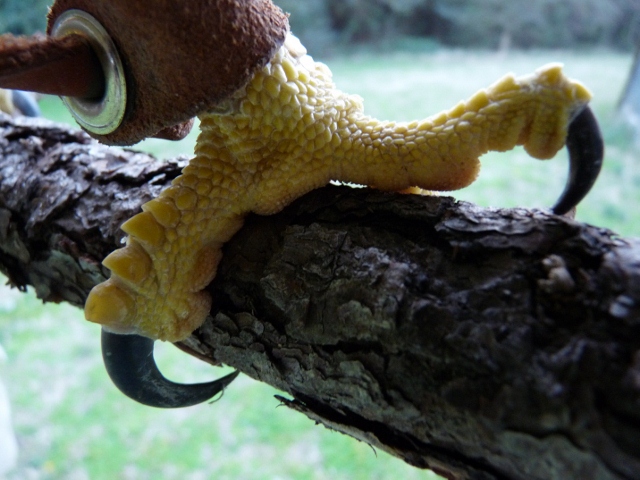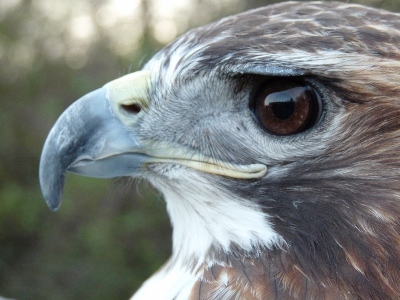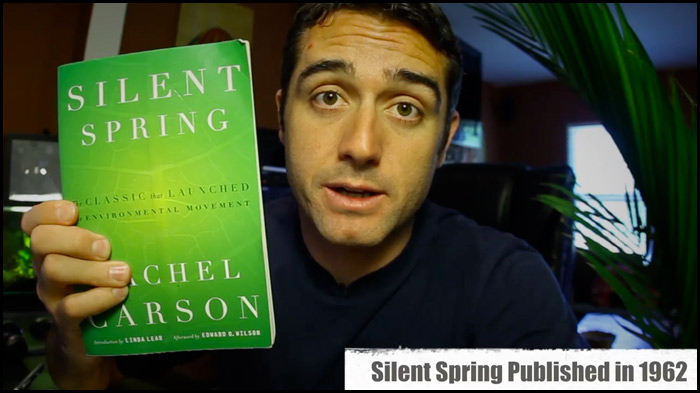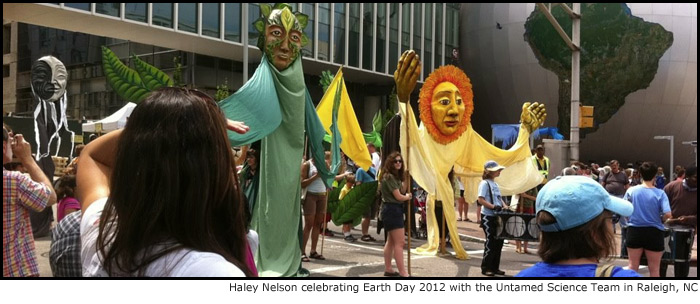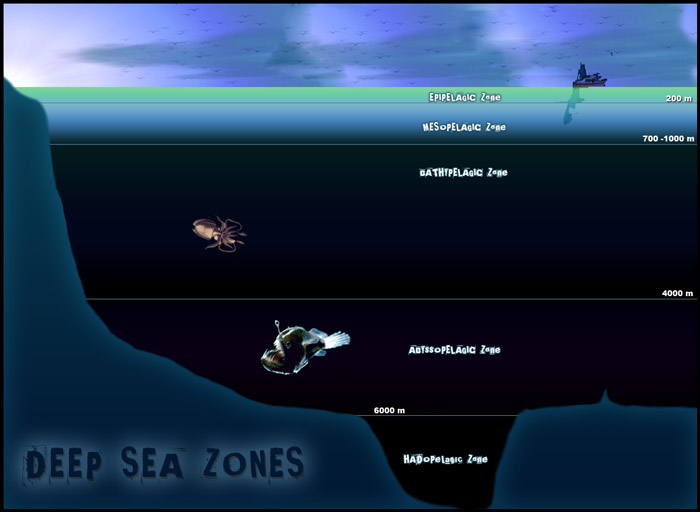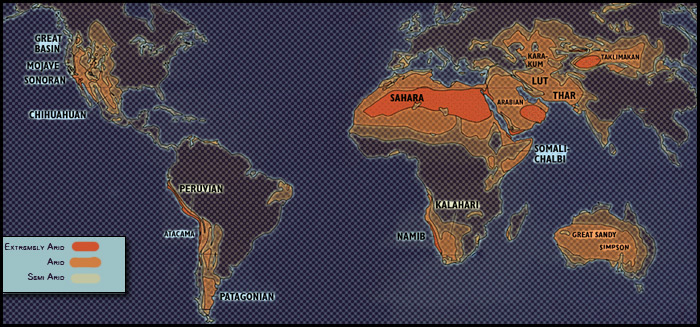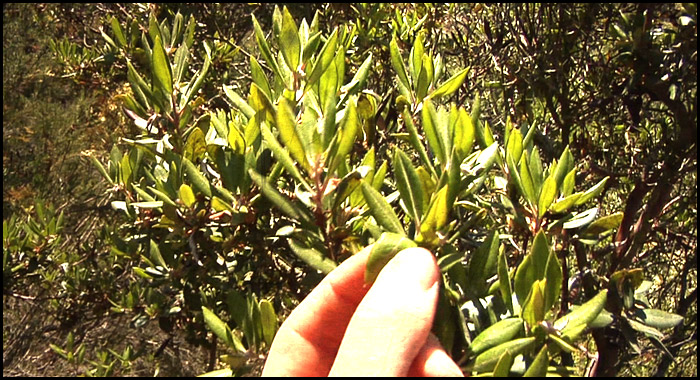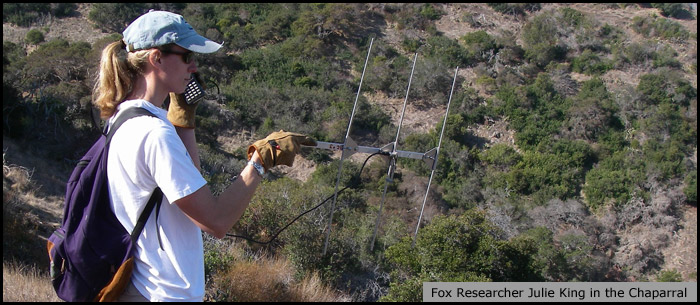Organisms interact with each other in a variety of ways. These interactions can be cooperative, antagonistic, defensive, reciprocal, harmful, communal, opportunistic, beneficial, or neutral. Symbioses encapsulate the relationships that different species of organisms have with each other: the good, the bad, and the ugly. These interactions typically fall into one of three categories: mutualism, parasitism, and commensalism.
Some symbioses are obligate (necessary); this means that the organisms depend on each other for their survival. In many cases this co-dependency has occurred over time as each organism adapts to the benefits of depending on each other. Other symbioses are facultative, which means that they are not absolutely necessary for the survival of either organism. Some symbiotic relationships are timeless, and species-specific examples persist in the biological literature. Some of these include clownfish and sea anemones, fleas and dogs, and sharks and remoras. Facultative symbioses are more loosely-associated relationships and not always formally recognized. For example, there are many tiny insects that live in bird nests. These insects consume waste that the birds produce, keeping the nest clean and decreasing the chance for the build-up of bacteria and disease, they get a free meal from the birds and the birds get free house-cleaning services. These types of interactions are indirect and occur in nature in various capacities, many times going unrecognized.
Ectosymbiosis occurs when symbionts (members of the symbiotic relationship) interact with each other in an open environment, like hummingbirds and trumpet flowers. Endosymbiosis occurs when one symbiont lives within the body of another, which is the case with internal parasites like liver flukes and tapeworms.
There is a little bit of contention as to what the idea of symbiotic relationships actually encompasses. Some scientists believe that symbioses should only describe persistent interactions among organisms that remain over time. Others feel that any type of interactions fall into this category.
Mutualism
A mutualistic relationship is one in which both organisms benefit from interacting with each other. They cooperate with each other to achieve a desired outcome that will be beneficial to both of them. Take the wrasse in the video clip for example. Cleaner wrasses have a mutualistic relationship with the large fish they service. The fish at the cleaning station line up to get the parasites picked off them; they are cleaned and free from harmful, blood-sucking parasites and the cleaner wrasse gets a nice meal from the fish. There are certain species of ‘cleaner’ shrimp that also perform this function. Both get something useful out of the deal, so the relationship is mutually beneficial. Same thing is true for oxpeckers and antelope, and certain apes like baboons and chimps that comb each other’s fur for ticks and lice. One gets a meal, the other gets cleaned.
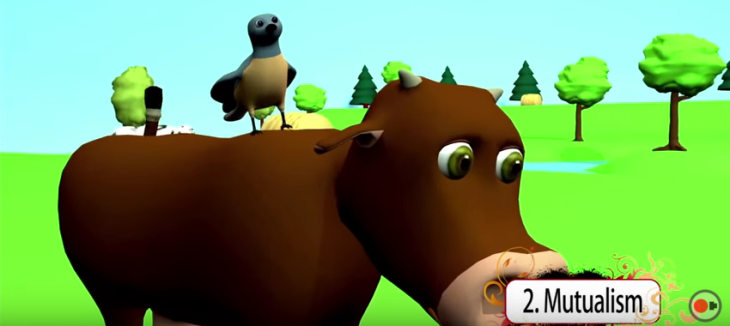
Most animals are not capable of digesting cellulose, a material found in plant tissues, yet many animals eat plants. How are they able to do this? The answer is mutualism. Animals that eat plant matter house bacteria and protists in their digestive systems that are capable of breaking down the cellulose in the plant material they consume. Animals with different diets require different microorganisms to break down these tissues. Grass-eating cows for example host a different set of bacteria than wood-eating termites. In this kind of relationship the host provides a warm, safe place for the microfauna to live while providing a free source of nourishment and in turn for providing that food and shelter, they reap the benefits of metabolic services.
Mutualism occurs in the plant world as well, with pollination being the primary example of mutualistic plant-animal relationships. Some more mutualistic symbioses for you to explore: honey badgers and honeyguides, ants and butterfly caterpillars, zooxanthelles and coral.
Obligate Co-dependency
In mutualistic relationships, organisms are intimately involved in each other’s personal space; most of the time they are in direct physical contact. Some organisms are so close to their mutual beneficiary, and have evolved with them for so long, that neither of them could exist with much success independently. Take lichens for example- the colorful, flaky, fleshy, sprouty, crusty-looking growths we see ‘growing’ on trees and rocks. These ‘organisms’ are actually a symbiotic relationship between a fungus (a mycobiont) and an autotrophic (photosynthetic) organism (a photobiont, usually either a green alga or a cyanobacterium). These organisms do occur independently in nature, but when they come together to form a lichen, their physiology and morphological structure changes drastically. Individually, green algae and cyanobacteria can survive just fine, but the delicate fungi do not fare so well alone. In this relationship the fungus ‘cultivates’ the autotrophic photobiont by encapsulating it and performing tiny-scale agriculture. The photosynthetic partner uses the sun’s energy to produce food for both organisms, and in turn, the fungus retains water and provides a large surface area from which the photobiont can absorb nutrients. These individual components are so small, that when joined together they give the appearance of a single organism.
When the ‘body’ of a lichen is separated, you can see the two organisms independently. If you have a microscope here is a fun experiment to try:
HOW-TO Symbiont Soup
You will need:
- Small amount of lichen (a teaspoon full)
- Microscope
- Clean glass slide
- Mortar and pestle
- Dropper or pipette
- Water
Directions:
- Collect some lichens from around your home or classroom
- Grind them in the mortar and pestle, adding enough water to make a slightly soupy mixture
Collect a drop or two of the mixture in the dropper and place it on the glass slide - Observe your soup under the microscope
What do you see? Can you tell which organism is which?
Some more obligate mutualistic relationships to explore: Portuguese man-o-war, European mistletoe, plant roots and mycorrhyzal fungi.
Parasitism
Parasitism is a relationship in which one organism benefits and the other is harmed. Parasitic interactions consist of a parasite (the organism doing the harm) and a host (the organism being harmed). In most cases, the parasite is smaller than the host. Parasitism is especially prevalent in the micro-faunal world. There are thousands of species of ticks, mites, leeches, chiggers, worms, mosquitoes, viruses, and bacteria that literally feed off their hosts. In many cases, parasitoids are host-specific, and as a result have undergone amazing evolutionary changes to co-evolve with their hosts. Although parasitism involves the pilfering of resources from one organism to another, it is in the parasites best interest not to completely debilitate its host, otherwise it will deplete its source of nourishment.
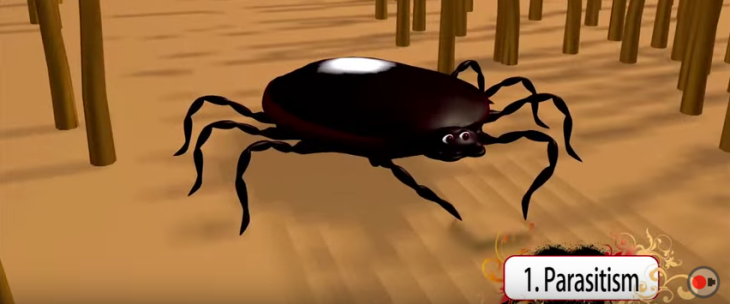
Types of Parasitism
When it comes to parasites, most people think of the blood-sucking arthropod variety, but there are many other different types of parasites, and many different ways that organisms weasel resources away from each other.
Brood Parasites
Take the brown-headed cowbird, a seemingly harmless creature common in woodlands and suburbs across America. This cunning little critter is a brood parasite. Female cowbirds lie in wait for unsuspecting female passerines (perching birds) to leave their nests and move in to lay an egg in her nest while she is gone. When the resident female returns, she doesn’t know what hit her and spends her time and energy brooding the intruding egg along with her own. Once the eggs hatch the mother cares for all the babies, even the uninvited orphan. Oftentimes the cowbird grows faster and stronger than the resident hatchlings and can out-compete them in the nest, but the mother bird is devout and cares for it nonetheless. By parasitizing the passerine’s nest, the female cowbird ensures that her offspring are cared for with minimal energy expenditure on her part. While she doesn’t take anything directly from the mother bird, she is indirectly parasitizing her energy and resources.
Food Parasites
Parasites can parasitize an animal’s energy, directly by consuming their body fluids, and indirectly by placing an energetic burden on them. That’s pretty bold, but some animals take bold to an even greater level. There are some creatures in the animal kingdom that will literally take the food out of another’s mouth! The parasitic jaeger, a predatory seabird, makes a habit of stealing food. They soar around while terns and other seabirds are fishing and chase them in the air to try and steal their food. Sometimes they are successful in capturing the food right from their mouths, but in most cases they harass the hunters so much that they tire and drop the food and the jaeger scoops up a free meal.
Commensalism
A commensalistic relationship is one in which one organism benefits and the other organism is unaffected, meaning it is neither harmed nor benefitted. The classic example of commensalism is that of sharks and remoras. Remoras are scavenging fish that cruise around with sharks. Sometimes they swim alongside sharks, and sometimes they hitch a ride, attaching themselves via a suction-cup like appendage on their dorsal (top side) surface. The remoras wait for the sharks to make a kill, and when they do, snap up bits and pieces of the bloody, shredded flesh as the shark tears into it. They don’t pose any threat to the sharks, and don’t take the food from them, merely eat the scraps. One could argue, however, that when the remoras attach themselves to the shark, they create drag, which makes the shark have to work harder and expend more energy to get around, thus the remora is indirectly parasitizing the shark. While the drag the remora creates might be minuscule, the reasoning behind the theory is valid.
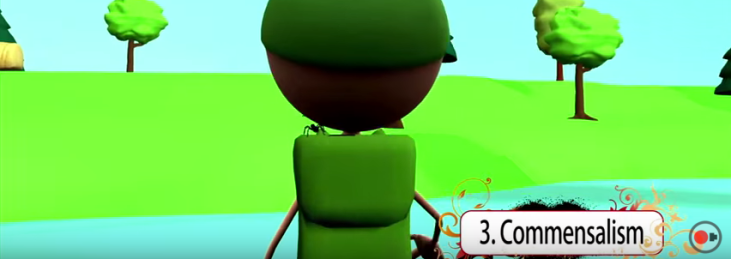
Another example of a commensalistic relationship is between cattle and cattle egrets. Cattle egrets are frequently found in fields foraging alongside herds of cattle. While the cows munch away on grass, they stir up insects which the egrets snap up. This may be more reflective of a truly commensalistic relationship as the egrets pose no real impediment to the cattle (or perhaps the cows have to expend more energy to watch where they are going to avoid stepping on the egrets!).
The Big Picture
Symbioses are a dynamic way in which organisms of different taxa interact with each other. These relationships can be positive or negative depending on their nature and the extent with which the organisms are involved with each other. Below is a simple table to visualize the types of interactions that symbiotic relationships between organisms embody.
|
Organism 1 |
Organism 2 |
|
|
Mutualism |
+ |
+ |
|
Parasitism |
+ |
– |
|
Commensalism |
+ |
n* |
*n=neutral

